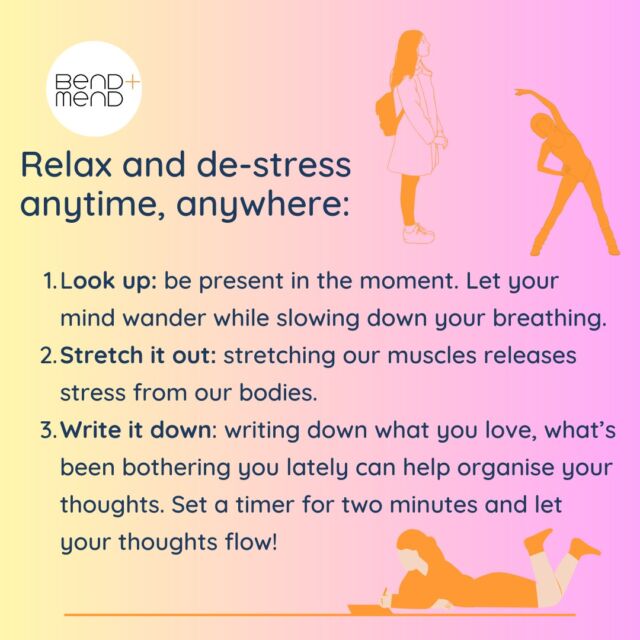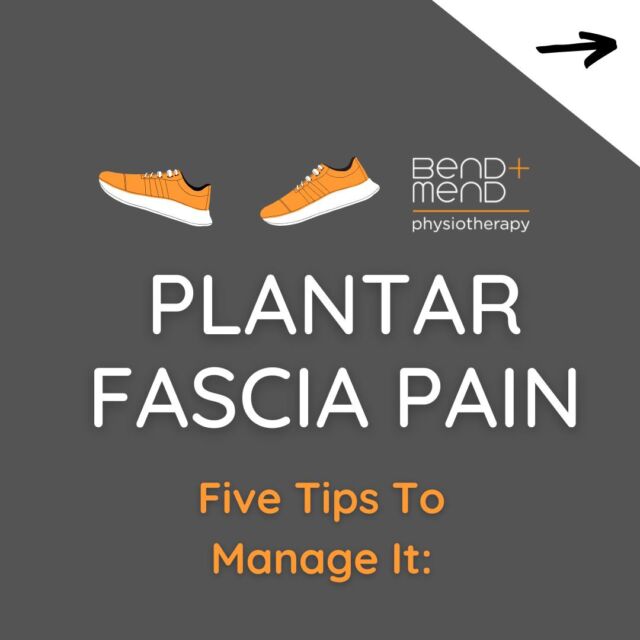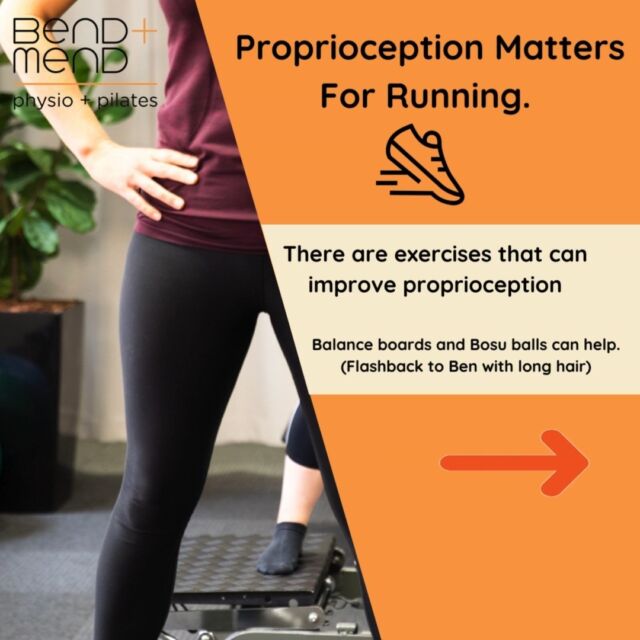You’ve all heard about standing desks. They were very on trend for a while and continue to grow in popularity around the city. Their arrival was heralded gushing articles extoling their virtues. Then came the retaliation articles that were firmly against them. Of course, there is no black/white answer so here’s my perspective as a Physio and ergonomics consultant in Sydney’s CBD.
Is standing at work a good idea?
Standing up isn’t necessarily better than sitting. But a mix is usually best. The main reason to consider standing is that sitting a lot can be a problem.
We all need to sit, but like many things, there can be a point where it’s too much. A high volume of sitting is a factor in many problems we commonly see at Bend + Mend, particularly neck and back pain. Of course there are other factors and the amount of sitting that’s “too much” will vary depending on your circumstances. But if you work full time and use a computer for most of the day, then a standing desk (or more accurately an adjustable sit-stand desk) is a very good option to have.
Now to what extent sitting “will kill you”, as was alarmingly reported by certain media headlines in recent years, is still up for discussion. I’m not sure I want to live forever anyway, so for this humble physio blog let’s leave the broader questions of immortality out of it and focus on minimising pain.
How much standing?
Not all day. Some.
Enough to break up long periods of sitting and/or reduce your total sitting hours. I advocate for my patients to alternate between positions if they can. That is: sit for a bit, stand for a bit, repeat.
A good starting point would be to try three periods of standing per day, for up to thirty minutes each. If you’ve had a painful issue and you know that sitting is part of the problem, standing for more that this may suit you. You could build up to 50% of the working day.
Can it be bad for you?
Standing all day on a regular basis has its own risks and should be avoided.
Before trying standing work, consider if you have any issues that could possibly get worse. For instance, if you have a history of foot pain or if your back gets sore when standing in the kitchen, then I’d be more cautious and start with fewer and shorter standing breaks. But a comfortable mix is nearly always achievable.
When can a standing desk REALLY help?
Imagine you’re working hard on a project but a couple of days before the deadline you develop acute back pain. Sitting makes the pain worse but this work is important and you are really motivated to get it done. When you’re unlucky enough to be in this situation, then having a sit-stand desk is great! This can give you the option to get work done by standing for much of the day or even all of it. This can be a real life-saver sometimes and for my busy, city patients is a major reason why I promote having standing options in the workplace.
How do I do it?
Unless you’re fortunate enough to have a sit-stand desk in your office, here are your options.
- A new desk: A new desk where the whole thing moves up and down. I wouldn’t waste time with the older style with a manual ‘wind-up’ option as the hassle factor will deter you. An electric or gas-lift system will make up/down changes quick and painless enough that you actually use it. The nicer ones allow you to set it to automatically switch between your preset standing and sitting heights at the press of a button.
- A converter for your existing desk. This is an adjustable platform that sits on your existing desk and can be a nifty solution. The can be moved to another desk when needed and some new products in this category are getting good reviews.
- Using an existing surface as a standing only option: This is the least preferred option. Your office might have somewhere that’s a suitable height for standing work. But if it’s not adjustable you need to know if it’s the right height for you AND you need to work out the logistics of working there. At best, this is an occasional or short term option.
- A homemade option (aka “Frankendesks!”): Many have tried to save their pennies and fashion a standing surface out of anything they can get their hands on. Cardboard boxes are common components (my wife was proud to show me a temporary one she knocked up with a wine box recently!) as are bits of IKEA furniture. The levels of success vary and obviously this is not ideal, but I’m open to anything that helps.
Aren’t they really expensive?
New desks aren’t cheap, but prices keep coming down. A new and perfectly decent fully electric sit-stand desk starts at $800. Converters are a good option starting around $400. IKEA hacks are less again and homemade creations may cost nothing… or happily involve drinking a case of wine.
What about… ?
Yes, there are plenty of other things that are arguably more important for office health. Knowing about your posture and having an ergonomic setup that suits you; getting away from your desk by walking; general exercise and specific exercise for your trouble areas. A sit-stand desk is no replacement for these.
Any advice for businesses?
If you really want to spend money, buy sit-stand desks across the board. But I can assure you some will go unused. A wiser move would be to start with brief ergonomic consultations for your team members. This can make the biggest difference on its own and will also screen individuals to identify those who would benefit from having a sit-stand desk and who will actually use them.
Blake and the team at Bend + Mend in Sydney’s CBD are available for pragmatic, no-nonsense services to improve health in your workplace. This includes ergonomic workstation assessments for individuals and groups. All enquires are welcome via physio@bendandmend.com.au







